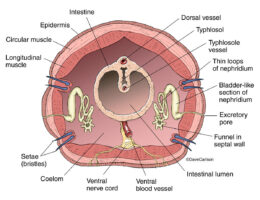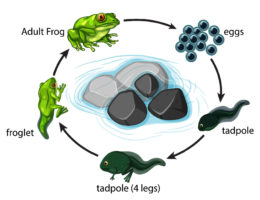Skip to content
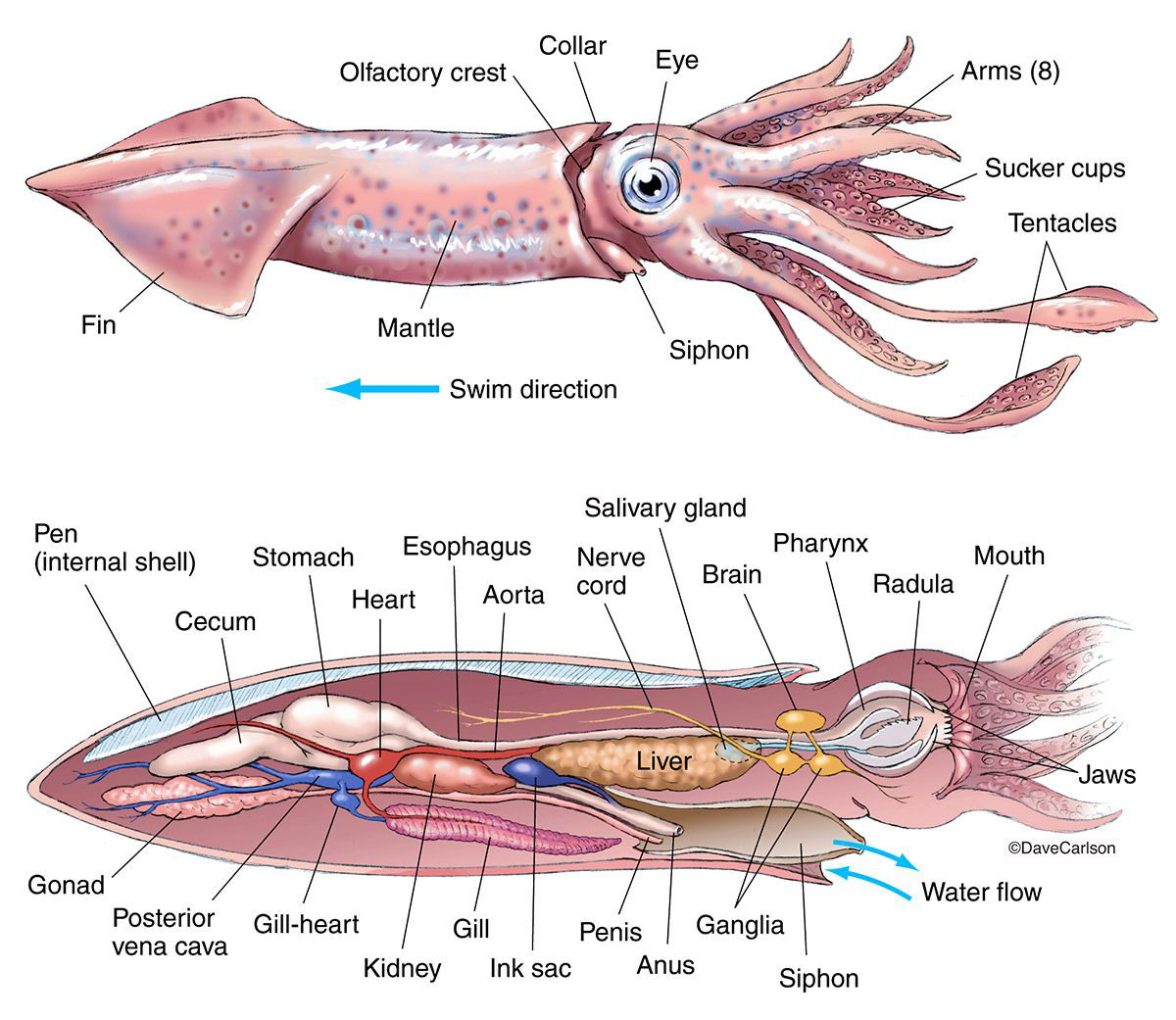
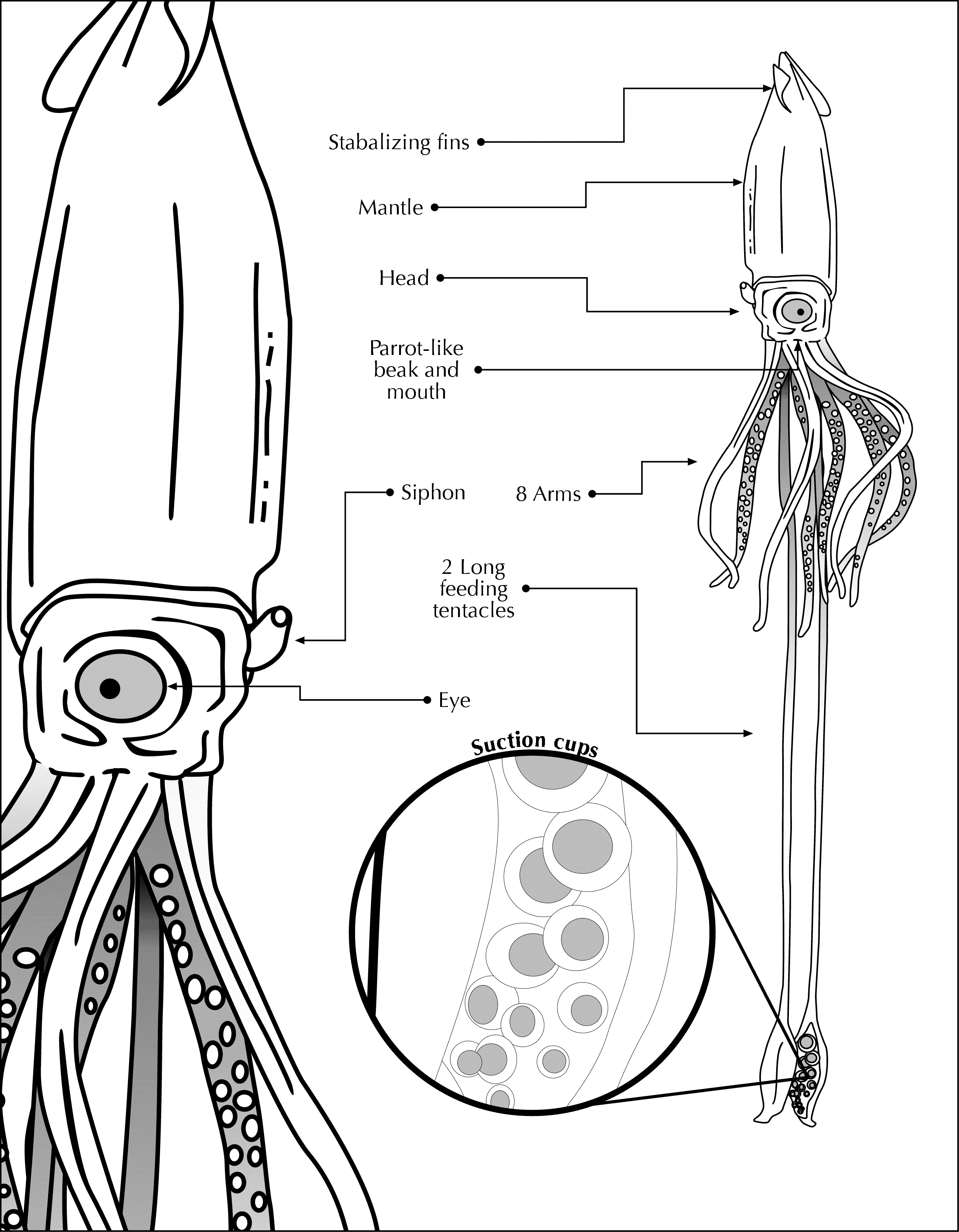
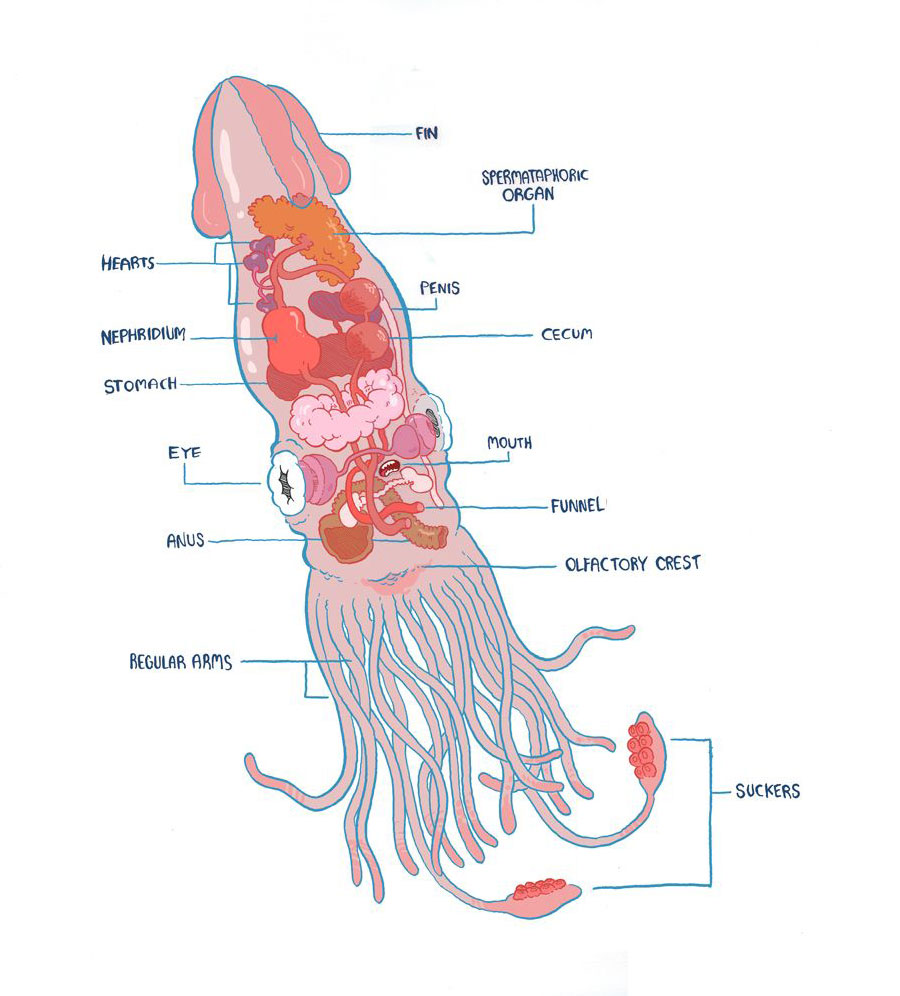
- Mantle: The main body of the squid, which contains the organs and muscles. It is soft and cylindrical in shape.
- Tentacles: Eight long, slender and flexible arms that extend from the base of the mantle. These arms are used for catching prey.
- Siphon: A muscular tube that extends from the mantle cavity and propels water out of the mantle. This helps the squid move and swim through water.
- Fins: Two small triangular fins on either side of the mantle that are used for steering and stabilization.
- Eyes: The squid has two large eyes located on either side of the head. They have excellent vision and are used to locate prey and avoid predators.
- Beak: A hard, pointed structure that resembles a bird’s beak. It is used for cutting and tearing food.
- Funnel: A small, muscular tube located near the siphon. It is used to expel waste and reproductive material.
- Pen: A rigid internal structure that provides support for the squid’s mantle. It is similar to a shell and can be used for identification purposes.
- Ink sac: A small sac located near the digestive gland that contains ink. The squid can release ink as a defense mechanism to escape predators.
- Digestive gland: A large gland located near the ink sac that secretes digestive enzymes to break down food.
- Gills: Thin, feather-like structures located in the mantle cavity that extract oxygen from water.
- Nervous system: A complex network of nerves and ganglia that allows the squid to sense its environment and coordinate movement.
You may also like these posts



